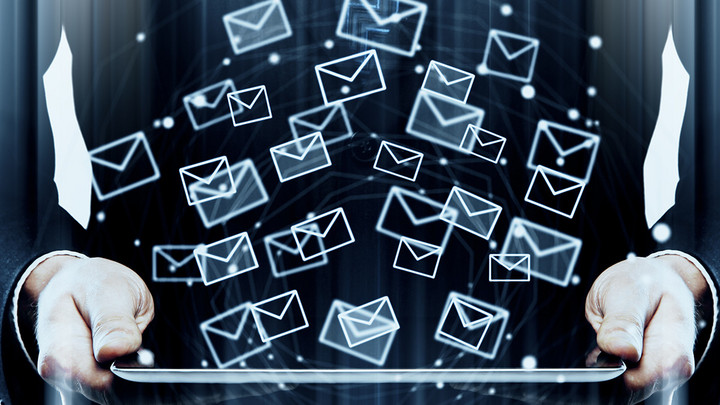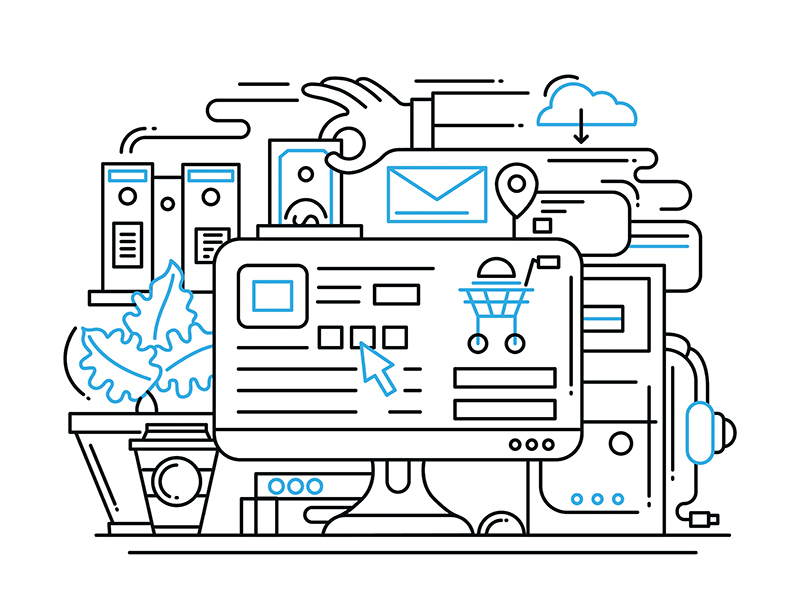BIMI – Controlling Brand Image Online
BIMI – or Branded Indicators for Message Identification – is an industry standardization effort that brands and Email Service Providers will love, according to Thede Loder, from the Authindicators Working Group.

© Peshkova | istockphoto.com
Watch the 6-minute video above or on YouTube, or read the transcript below:
Transcript
BIMI offers marketers and brand owners control over their brand image online. It enables brands to publish their logo in a certified and authenticated library in the Domain Name System, and the logo can then be incorporated into emails and third-party applications. That means, rather than hoping application developers will use the correct logo in the correct format, and having to search the entire of cyberspace to replace all old, outdated ones, marketers can use BIMI in future as a means to ensure the authenticity of their logo anywhere on the web.
dotmagazine: Can you explain the benefits of BIMI for brands?
Thede Loder: The benefits of BIMI for brands are a way to have their brand logos incorporated into more online experiences. It also includes some controls around which logo is currently being published, which means if they update their logo, then for instance that brand or that trademark can be quickly incorporated into all of the third party apps that end users use. So one of the benefits brands get is brand consistency, as well as brand prevalence. In email, which is thought to be the first - we're aiming to have it be the first - major application for BIMI, it means billions of new free brand impressions for that brand. Because the email platforms will incorporate and add the display of brand logos to their mobile apps or to their desktop web email applications, and so end users will see more logos and will make their experience better.
dot: What effect it will have on the end user?
Loder: Internet experiences – applications, apps on phones, social media, websites – are integrating and they integrate brand identities, visual representations of the brand, into their applications. And to end users, this makes it easier for them to find an email that they're looking for from a particular brand, or if they get a message, they know and can recognize very quickly who it's from. And so the benefits to BIMI are to make brand logo media, published by the brand, available in a form that application developers and those who build things for consumers will have easy access to those logos. So it's benefit to the consumer is a greater prevalence and an easier-to-use experience online and when communicating with their friends and colleagues.
dot: Why does BIMI require authentication?
Loder: The visual identity of a trademark or a brand logo is something that's quite recognizable to a consumer. So having that, and having the display of that media, that logo, predicated upon authenticity means that the brand logo is safeguarded. It should actually help the brands and help the brand logo itself become more trusted over time. To the ecosystem of authentication - and this matters a great deal to email receivers - the availability of BIMI will drive adoption of best practices by the brands themselves or the third parties who serve them by sending out communications. So it should help bring the entire industry towards authenticated email as the norm rather than the exception, and with benefits to all involved.
dot: But will end consumers even notice the difference?
Loder: I think very well informed consumers that might consciously be aware of the presence of a logo and they think they know that that means it's safer, but we think most consumers won't notice. And so the success of BIMI is actually not really tied to an awareness of the consumer at all. And so we think that consumers will simply be made safer because the ecosystem that supplies consumers with experiences will in fact be made safer. So BIMI is more akin to airbags in cars, which deploy when you hit a tree or another car, but they don't require the driver to do anything or even know about them. They simply go off when something happens and save the people in the car. As opposed to seatbelts, where the consumer has to know what's going on. They have to remember to put their seatbelt on and they have to do it right. So it's designed to make consumers safer without the consumers having to be involved or even aware.
Thede Loder is Senior Director, Product at Agari Data, Inc., a leader in Advanced Email Threat Protection. Thede has over 25 years of experience engineering, launching, and securing consumer and enterprise Internet applications, and is the former CEO and Founder of Boxbe, Inc. and Leverage Information Systems, Inc.
Please note: The opinions expressed in Industry Insights published by dotmagazine are the author’s own and do not reflect the view of the publisher, eco – Association of the Internet Industry.




